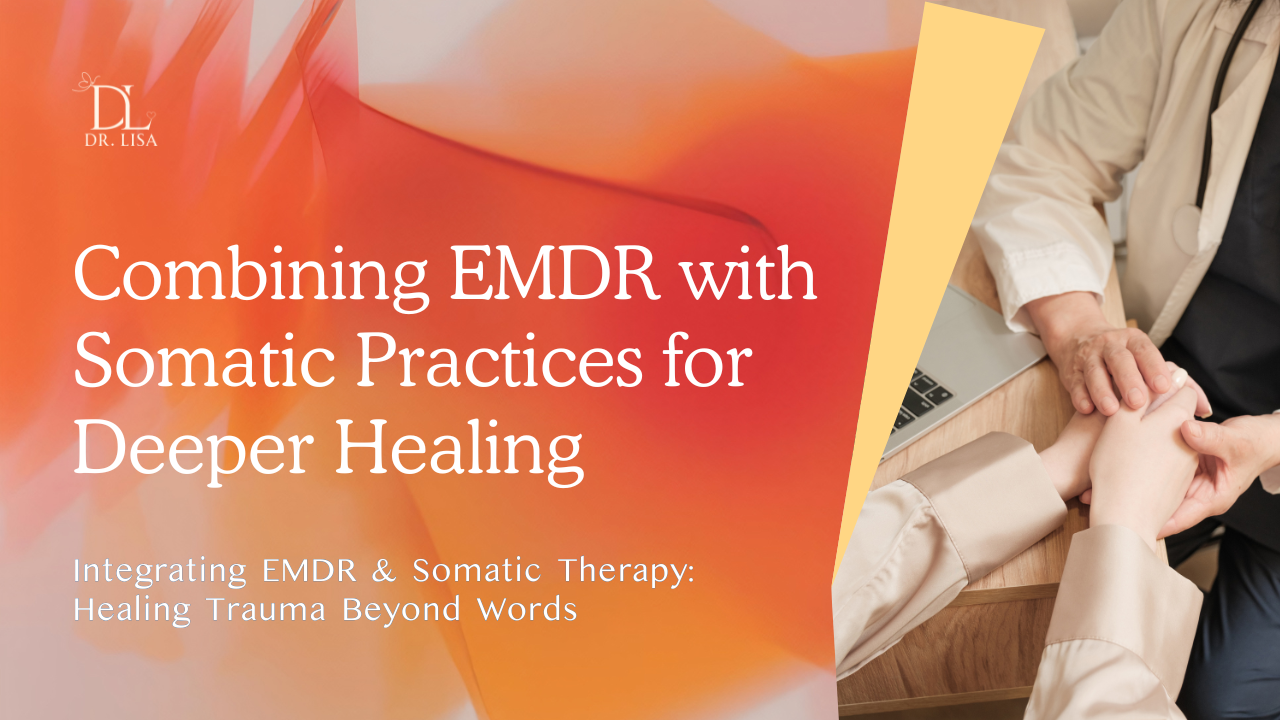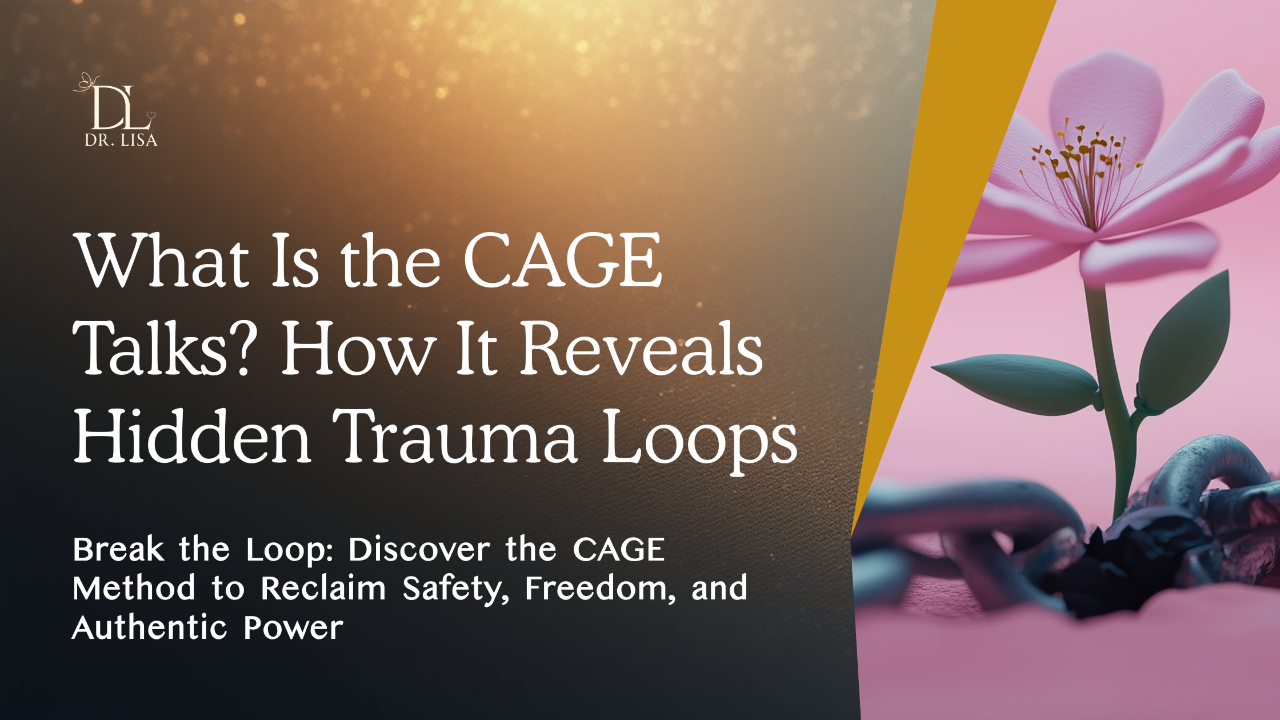
7 Common Myths About ThetaHealing
Aug 19, 2025Every healing modality that dares to cross the boundary between science and spirit attracts both curiosity and skepticism. ThetaHealing is no different. For some, it is dismissed as “woo-woo.” For others, it’s misunderstood as therapy or believed to be instant magic.
As someone who has worked with trauma recovery for decades, blending neuroscience, energy healing, and spiritual practice, I have witnessed firsthand the credibility and depth of ThetaHealing. It is not about blind faith, nor is it about bypassing reality. It is about learning a structured method to access the subconscious, shift limiting beliefs, and reconnect with Source.
Let’s unravel the most common misconceptions.
Myth 1: “ThetaHealing is magic or woo-woo.”
Truth: ThetaHealing is a grounded, structured, and learnable skill.
At its core, ThetaHealing works with the Theta brainwave state — the same state we naturally enter in deep meditation or dreaming. In this receptive state, the subconscious mind is open, making belief change possible. This isn’t magic. It’s a method combining meditation, intentional focus, and energy awareness.
Myth 2: “It’s only for spiritual people.”
Truth: Anyone can learn and practice ThetaHealing.
You don’t have to identify as spiritual, religious, or mystical to benefit. ThetaHealing is for anyone curious about growth, healing, or self-awareness. The process of belief work and subconscious healing is universal. Whether you’re a healer, a skeptic, or simply someone seeking change, the tools are accessible.
Myth 3: “It’s instant, without effort.”
Truth: Healing requires willingness, practice, and integration.
Yes, some clients experience rapid shifts. But true healing isn’t about snapping your fingers and never looking back. It’s about participation. ThetaHealing sessions require openness, and the results deepen with practice and integration into daily life. Like any skill, it strengthens the more you engage with it.
Myth 4: “ThetaHealing is therapy.”
Truth: It complements therapy but is not the same.
While therapy often focuses on conscious processing and behavioral patterns, ThetaHealing works directly with the subconscious and energetic field. Both approaches are valuable. For trauma recovery, I often see the most profound transformation when therapy and energy healing techniques work hand in hand.
Myth 5: “You need psychic gifts to do ThetaHealing.”
Truth: Everyone has intuition — and it can be trained.
ThetaHealing training, including Basic DNA, Advanced DNA, and Dig Deeper, teaches you how to cultivate and trust your natural intuitive abilities. This is not about being “special.” It’s about remembering that intuition is a human faculty, just like memory or imagination.
Myth 6: “It only changes your mind, not your life.”
Truth: Belief work can transform the whole system.
When subconscious beliefs shift, they ripple outward — influencing emotions, choices, even the body’s stress responses. Clients often report changes in physical well-being, relationships, and spiritual connection. This is the power of working with the subconscious mind at its roots.
Myth 7: “It’s just another trend.”
Truth: ThetaHealing has decades of practice and global reach.
Since Vianna Stibal developed the technique in the 1990s, ThetaHealing has spread worldwide, with training, certifications, and a growing body of practitioners. Unlike fleeting wellness fads, it continues to thrive because people experience real and lasting change.
The Truth About ThetaHealing
At its heart, ThetaHealing is a tool — one that helps us access the subconscious, release outdated beliefs, and reconnect with Source energy. It is not a shortcut. It is not a bypass. It is a practice of presence, participation, and possibility.
If you’re curious, skeptical, or seeking a deeper path of healing, I invite you to go beyond the myths and explore it for yourself.
Explore the ThetaHealing Mastery Series — a guided journey through Basic DNA, Advanced DNA, Dig Deeper, and beyond.
Body-Based Healing for the Bold, Brave, and Becoming
Subscribe to Rooted & Rising for thoughtful notes on healing, embodiment, and reclaiming your soul — delivered gently to your inbox. No fluff. Just real, resonant truth.
We hate SPAM. We will never sell your information, for any reason.





